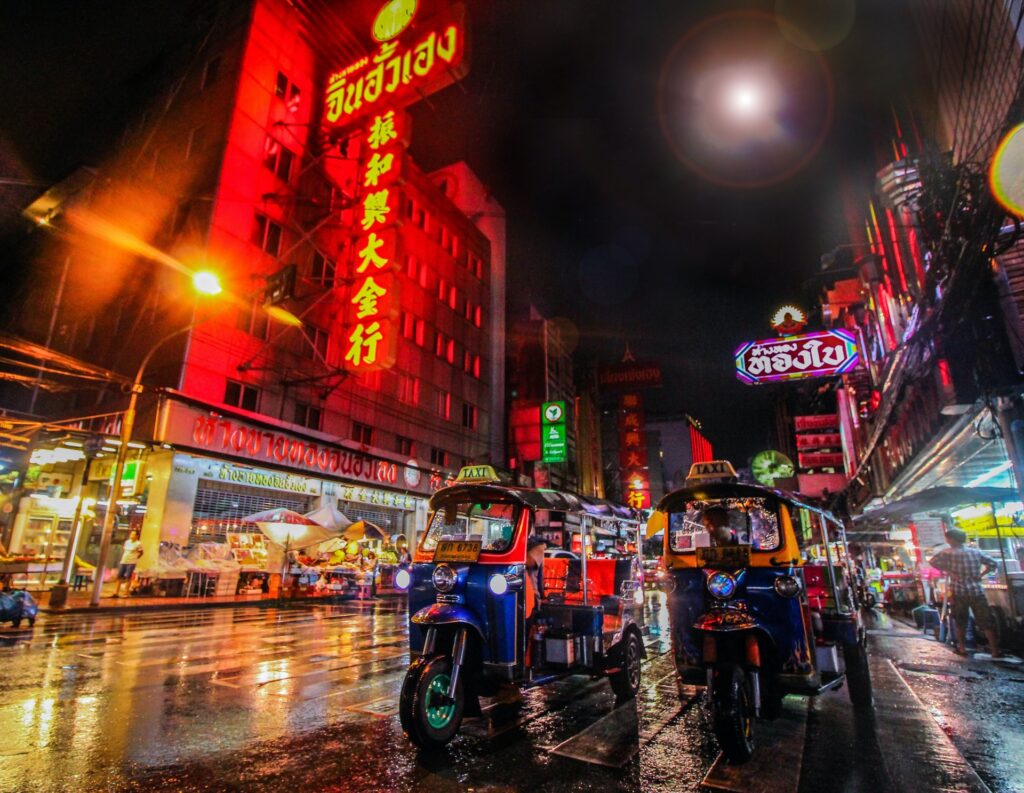If you’re a digital nomad, then you know the value of being able to travel and work from anywhere in the world. You might be looking for a new job or trying to build your own business. However, there are some differences between working in Asia and other places around the globe. In this post, we’ll look at what it’s like being a digital nomad in Southeast Asia and how you can get started on this exciting journey!
- Finding Work as a Digital Nomad in Asia
Working as a digital nomad in Southeast Asia is, for the most part, similar to working anywhere else. You’ll need to find clients who are willing to pay you for your services. The difference lies in how you will find these clients and what skills they’ll be able to offer you in return.
In particular, there are three kinds of people that can help you get started as a digital nomad:
- Employers who want to hire people on location—these employers may require specific skills from their employees and thus look specifically at candidates with those skills;
- Collaborators who want to work together on projects but don’t necessarily require that both parties be located in the same place; and
- Investors who want their project developed by a team of developers overseas (e.g., via videoconferencing).
- Getting the Right Insurance for Traveling in Asia
Travel insurance is a must, especially when you’re traveling in Southeast Asia. There are so many things that can go wrong and having to pay out-of-pocket for treatment or emergency evacuation would be incredibly costly and inconvenient. If you’re not sure what type of insurance for digital nomads and which policy will work best for your trip—especially if it’s going to be a long one—your best bet is to talk with an agent at a well-respected company. You’ll want something that covers medical expenses, loss/theft protection, delayed flights/trains/boats (basically anything that could result in lost time while traveling), and any pre-existing conditions (like allergies or asthma) that may become worse while abroad.
If you do get injured while on vacation (and no matter how careful we are sometimes accidents still happen) it’s important that we have some sort of coverage so our medical bills aren’t completely pocket costs any more than necessary.
- Some Tricks to Live for Digital Nomads in Asia
- Use public transportation. While taxis are an easy option, they can be expensive, especially if you’re only in a country for a short period of time. Always try to use buses and trains instead. If there is no public transportation, such as in Cambodia or the Philippines, then it’s worth paying for the convenience of a taxi ride.
- Use a VPN service to access local websites from your home country or region. In many Asian countries, Google has censored search results for limiting access to sensitive content that may not be appropriate for citizens but which is available on other parts of the internet (in Cambodia this includes political and news sites). For example: if you type in “Khmer Rouge” into Google it will show nothing related to them; however, if you type this same keyword into DuckDuckGo (a private company based out of Pennsylvania) then it shows all kinds of information related to this group including photos from actual members who took part during those revolutionary times! A VPN service allows users like yourself who are traveling abroad have full access when needed without needing any additional software installed beforehand which would increase costs unnecessarily since there’s usually limited bandwidth available across most networks.
- Where to Stay as a Digital Nomad in Southeast Asia
The cost of living in Southeast Asia is relatively low compared to other parts of the world, but you should still be prepared to spend more than you would at home. Food and accommodation are the biggest expenses, but this can be offset by the fact that your health insurance will not cover anything while you are out there. It’s also important to keep track of how much data you use on your phone and laptop because some countries have high charges for both devices.
Accommodation is a major consideration when it comes to working remotely as a digital nomad; there are plenty of options available depending on what kind of accommodation suits your needs best whether you are traveling alone or with a group of your friend. It can range from hostels all the way up to apartments in bigger cities like Bangkok or Ho Chi Minh City (HCMC), which tend to be more expensive than smaller towns like Chiang Mai or Vang Vieng. Most people prefer co-living spaces where they can make friends with other travelers while getting professional support from their coworkers too – this makes things easier when traveling alone because then there won’t seem so lonely!
Conclusion
Working and traveling as a digital nomad in Southeast Asia is an amazing experience. There are many opportunities to make money from the comfort of your own home, but you need to be prepared for it. The best way to ensure that this lifestyle works for you is by doing research on what kinds of jobs are available in each country before deciding where to go first. Make sure that there are enough jobs available in your chosen location before making any decision about where else you might want to go next!

